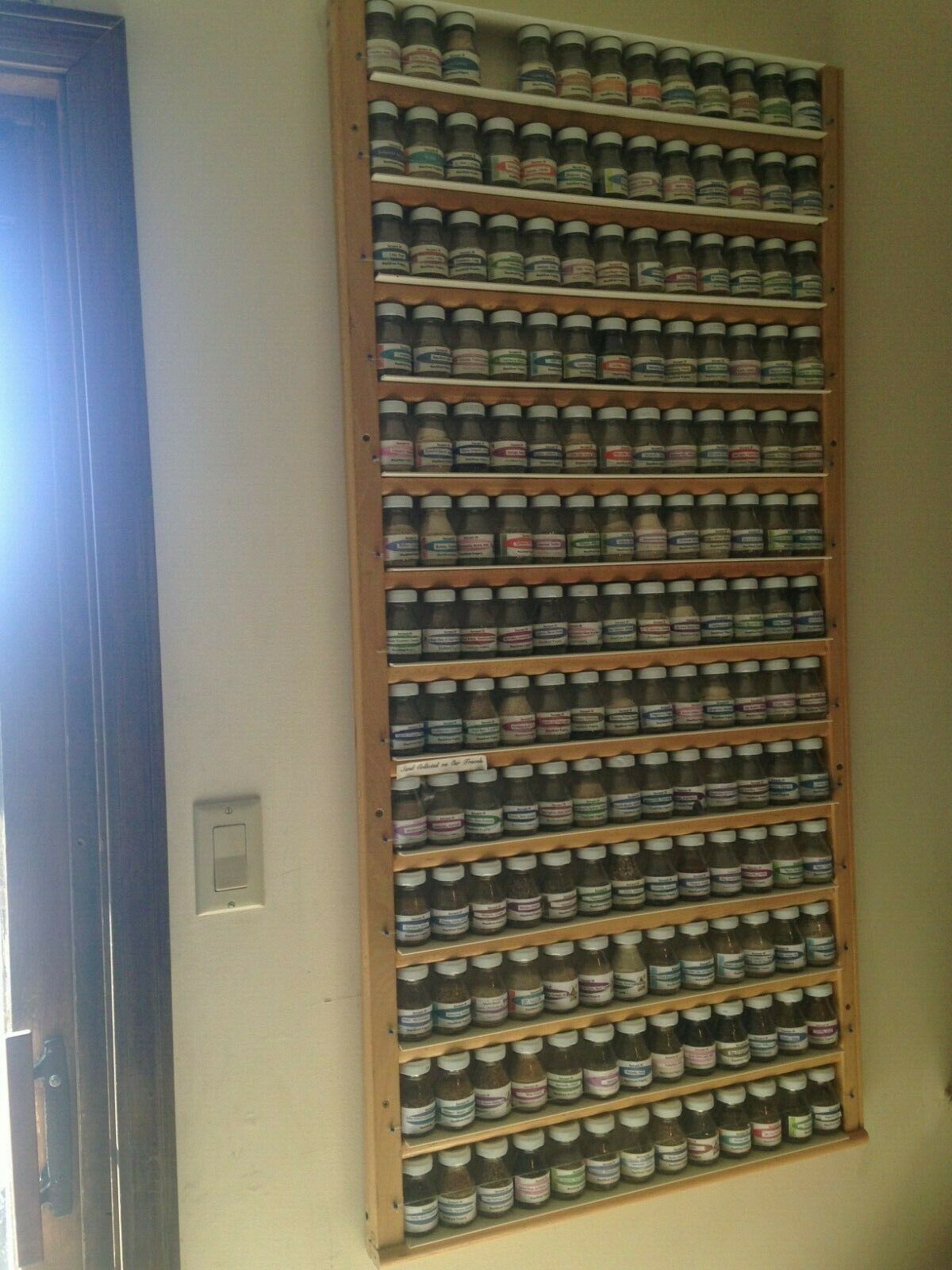-40%
1 Natural Real Carbon Diamond Crystal Mohs Scale Hardness Specimen Type (10)
$ 4.32
- Description
- Size Guide
Description
Diamond(
C)
For sale are individual Diamond specimens, as illustrated. Each comes with a 4x magnifying lid box to protect and enhance the specimen.
For those who would like to pay a little more in order to purchase a diamond with a nice colour. Please visit this link:
https://www.ebay.co.uk/itm/-/292287418385
What is a Diamond?
Diamonds are a form of carbon. They differ from graphite, another form of carbon by their extremely strong crystaline structure, formed under intense heat and pressure deep below the Earth's surface. They are the hardest naturally occuring substance known to man. Flawless gem grade specimens of diamonds are considered extremely rare and precious stones, and are worth millions. These are tiny, affordable specimens for mineral collectors. Diamonds are an important mineral type, because it is used as a type specimen in Moh's 1-10 scale of hardness, within which diamond represents 10, the very hardest on this scale. Thus, no mineral collection is complete without at least one example of this mineral type!
What is Moh's scale?
The Moh's scale was invented by the famous German geologist and mineralogist Frederich Mohs (1773-1839) as a frame of reference for measuring the hardness of different naturally occurring minerals.
The minerals concerned are ranked (from softest to hardest) as follows:
1. Talc
Mg
3
Si
4
O
10
(OH)
2
2.
Gypsum (selenite)
CaSO
4
·2H
2
O
3.
Calcite
CaCO
3
4. Flourite
CaF
2
5. Apatite
Ca
5
(PO
4
)
3
(F,Cl,OH)
6.
Feldspar (Orthoclase)
KAlSi
3
O
8
7.
Quartz
SiO
2
8.
Topaz
Al
2
SiO
4
(F,OH)
2
9.
Corundum
Al
2
O
3
10.
Diamond C (pure carbon)
Although this scale is purely ordinal and ranked by class, rather than absolute hardness (for example, diamond is 4 times as hard as corundum, which is itself only twice as hard as topaz) it is still used by geologists today as a general frame of reference and is included in scratch based kits for testing a mineral's hardness in terms of this scale.
See Also:
My other listings for some interesting specimens of various rocks, minerals, and fossils, specialising in amber with insect and other inclusions dating all the way back to the cretaceous dinosaur era!
Diamonds are a form of carbon. They differ from graphite, another form of carbon by their extremely strong crystaline structure, formed under intense heat and pressure deep below the Earth's surface. They are the hardest naturally occuring substance known to man. Flawless gem grade specimens of diamonds are considered extremely rare and precious stones, and are worth millions. These are tiny, affordable specimens for mineral collectors. Diamonds are an important mineral type, because it is used as a type specimen in Moh's 1-10 scale of hardness, within which diamond represents 10, the very hardest on this scale. Thus, no mineral collection is complete without at least one example of this mineral type! Although this scale is purely ordinal and ranked by class, rather than absolute hardness










